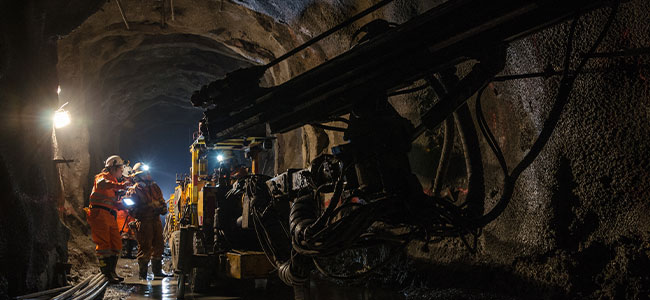
MSHA Completes Second Pattern of Violations Screening for 2023
This marks the first time in which multiple POV screenings were conducted in a single calendar year.
- By Robert Yaniz Jr.
- Feb 07, 2024
The U.S. Department of Labor's Mine Safety and Health Administration (MSHA) has completed its second pattern of violations (POV) screening for 2023. This process aims to pinpoint mines with chronic safety and health violations, signaling a strong or ongoing disregard for miners.
According to a recent release, this latest screening revealed Mine No. 39—operated by Twin State Mining Inc. in McDowell County, West Virginia—meets the initial criteria for a pattern of violations under section 104(e) of the Mine Act. From November 1, 2022, to October 31, 2023, MSHA documented 87 significant and substantial (S&S) violations, with an S&S rate per 100 inspection hours of 9.11, well above the national average of 2.90 for underground coal mines.
Despite meeting the initial POV criteria, MSHA has opted to postpone issuing a formal POV notice to Twin State Mining Inc., pending further evaluation of the mine's operations. This postponement, however, signals a period of heightened scrutiny, with the possibility of rescinding the postponement and issuing a POV notice if necessary to ensure miner safety.
“The Biden-Harris administration has demonstrated that it will use its enforcement tools such as its POV authority and impact inspections to focus on chronic violators and protect miners’ safety and health,” MSHA Assistant Secretary Chris Williamson said in a statement. “Following a year when the mining industry experienced a troubling increase in fatalities, MSHA continues to use all measures available to prevent fatal and serious accidents and hold low-road operators accountable.”
To that end, 2023 marked the first time MSHA has conducted more than one POV screening in a single calendar year. The agency’s two most recent POV issuances—to Atalco Gramercy LLC and Morton Salt Inc. in July 2023 and December 2022, respectively—still remain in effect.
About the Author
Robert Yaniz Jr. is the former Content Editor of Occupational Health & Safety.